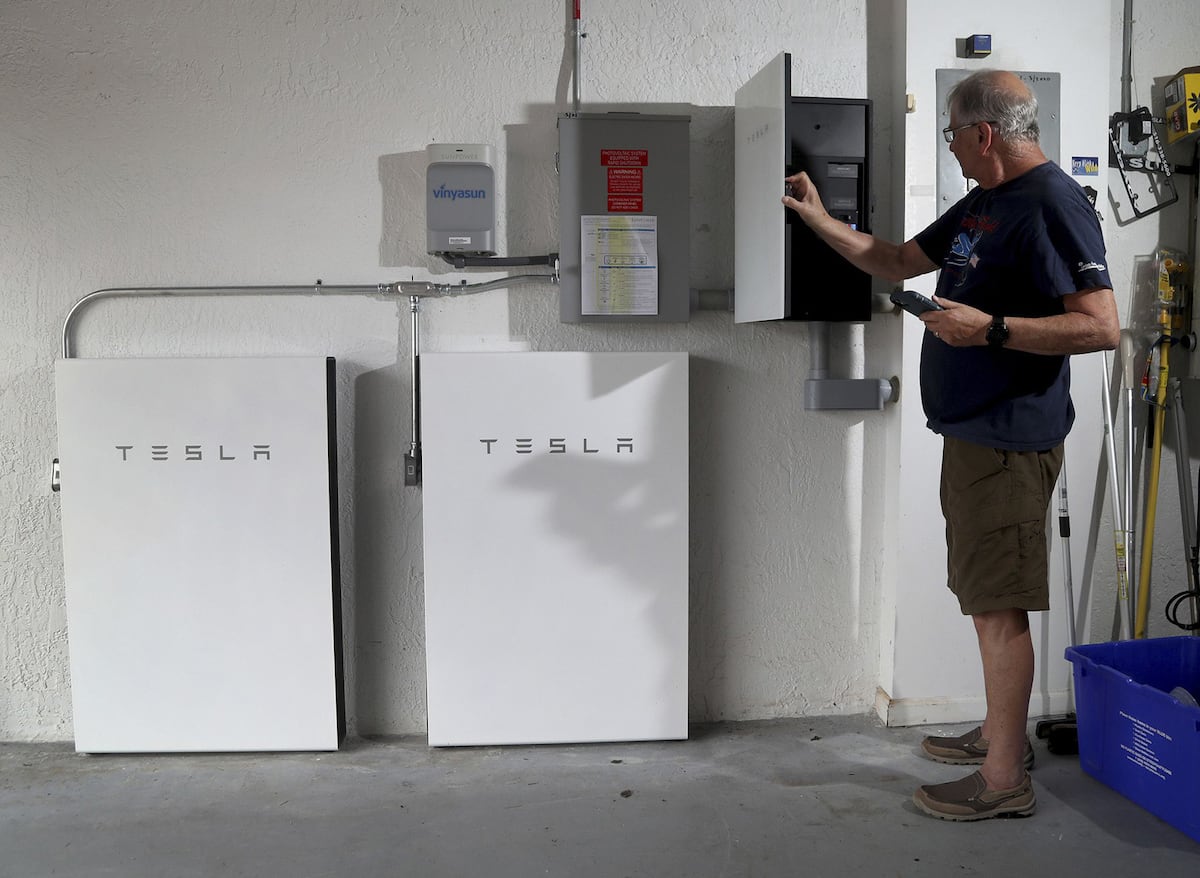According to the latest data from the Spanish Union of Photovoltaic Energy (UNEF), households and businesses in Spain have a total capacity of almost 1.9 gigawatts of electricity storage as of 2023. Although the market for domestic and industrial batteries continued to grow in 2023, it did so at a much slower rate than in 2022, adding only about 0.5 GWh of new capacity compared to the almost 1.4 GWh added in 2022. The majority of these installations are connected to an autonomous consumption system, which also saw a sharp decline in installation rates in 2023.
In contrast to what is happening with solar panels on rooftops, where companies are showing more activity, the residential sector accounted for a participation rate of just over 77% in battery installations in 2023, according to UNEF data. Businesses attribute the recent slowdown to falling electricity prices in recent months, which they say reduces the profitability of this type of installation and funding from European funds. However, calculations by the sector indicate that around one-third of all new autonomous consumption systems already have a battery installed to maximize savings.
Spain is several steps behind other large markets, particularly Germany, where self-consumption has become firmly established in recent years, especially since the energy crisis. According to the latest data from German employers’ associations, around one-third of the three-and-a-half million households with solar panels on their roofs also have a battery associated with them. In just one year (2023), Spain has added less new capacity than Germany did in two years (2019 and 2018). This growth is reducing demand for energy from the grid and helping to reduce greenhouse gas emissions.
The sharp decline in prices paid for excess energy generated by autonomous consumption systems is also a significant factor driving demand for those who want to install batteries with their solar panels at home to cover nighttime needs. In recent times, autoconsumers who adhere to regulated markets (also known as PVPC) have seen their excess payment fall during daylight hours when they must compete with increasing photovoltaic production. As a result, some autoconsumers choose not to feed their excess back into the grid during certain periods and instead avoid paying fees for evacuation by not exporting any power at all during those times.
Although costs remain high and act as a brake on many consumers domestically, recent declines have been significant and are expected to accelerate according to projections by international energy agency IEA estimates that its decline will continue over the next few years after seeing similar declines in photovoltaic panel prices over recent years that encouraged startups at various scales across Europe



